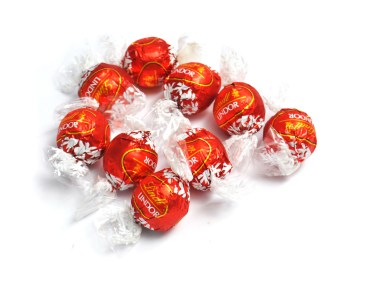‘What,’ asked my husband teasingly, by way of an early Christmas game, ‘connects wolf’s-bane with Woolwich Arsenal?’ It took me a little time, but I got there via aconite.
Ovid put its origins most vividly. When Cerberus was dragged by Heracles from Hades, triply barking as the steel chain was twisted round his necks and averting his eyes from the glare of day as he came up through a cave on the shore of the Black Sea, the monstrous dog dropped slobber on the ground, from which grew the poisonous flower aconite.
We now call this kind of aconite wolf’s-bane, for its lethal properties. Keats wrote: ‘Go not to Lethe, neither twist/ Wolf’s-bane, tight-rooted, for its poisonous wine.’ But in classical times the name aconite was explained by its propensity to grow on rocks, aconae, as Pliny thought. Arthur Golding, in the translation of Ovid that Shakespeare knew, wrote of ‘juice of Flintwoort venemous’. But flintwort did not catch on.
Pliny had another attempt at the etymology of aconite, deriving it from akone, a ‘whetstone’ because it had ‘the same power to cause rapid death as whetstones have to give an edge to a blade’.
Be that as it may, akone is related to our word edge. The Old English spelling ecg looks closer in form, and both derive from an ancient ‘Aryan’ root ak, which also gives us Acropolis and acrophobia (fear of heights).
A coincidental link with Cerberus comes through the Greek parakone, the name for a stone used to smooth or burnish gold leaf on manuscripts. In the Middle Ages this was often done with a dog’s tooth. The verb parakonan, ‘whet’, gave rise to
the Italian paragone, ‘touchstone’.The Anglo-Norman word from the same source meant ‘perfect diamond’, and it is from this that we get paragon.







Comments
Join the debate for just £1 a month
Be part of the conversation with other Spectator readers by getting your first three months for £3.
UNLOCK ACCESS Just £1 a monthAlready a subscriber? Log in